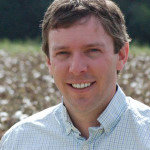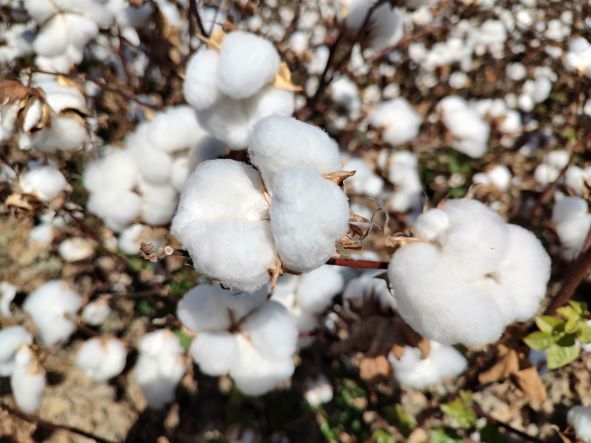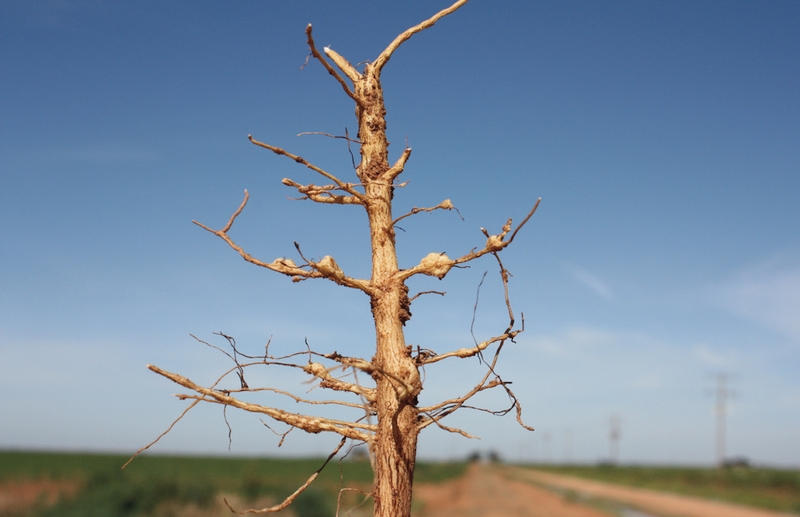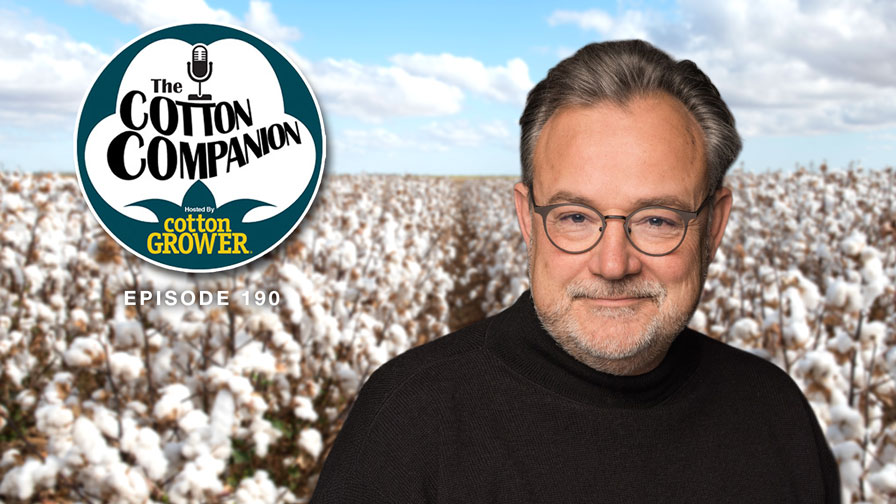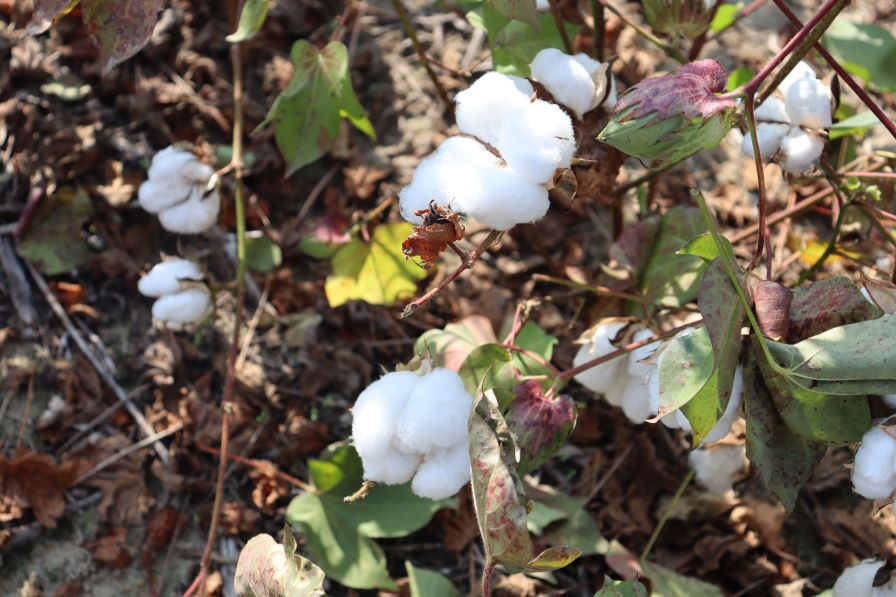Monsanto Announces Job Cuts
By Henry Gantz
hgantz@meistermedia.com
Monsanto announced on May 21 that it was laying off a total of 85 employees in Mississippi and Texas as a result of the plunge in cotton acreage since 2006.
“As acreage dropped from 15 million in 2006 to 8.6 this year, it has hampered our manufacturing organization,” said Janice Person, Public Affairs Director in Monsanto’s Memphis office. “That’s just the nature of not being able to produce as much seed as we have in the past.”
Fifty-five of the layoffs will come in the Mississippi Delta at Monsanto’s Delta and Pine Land Business Unit facilities in Mississippi in Scott, Hollandale and Indianola. The remaining 30 layoff will come in Texas and Arizona.
The cuts will be most concentrated in delinting, production planning and warehousing. Some of the employees will be offered job-specific relocation opportunities at other Monsanto sites.
“It was tough, whether your job was cut or whether you were next door to someone whose job was cut,” Person said. “But everybody understands the reality of what the reduction in acreage meant.
“If we had been able to go full capacity this year, we would have been able to produce more than 300,000 more bags than would have been sold in the entire U.S. That’s counting (every seed company). We just couldn’t do that. Our production had to be in line with acreage,” she continued. “But we’re putting more into R&D and genetics.
“I have to give Dave Rhylander credit for a great analogy – he said that if GM had looked at its business a few years ago and how it needed to retool itself, we wonder if GM would be where it is today.” Rhylander is Marketing Lead, Delta & Pine Land.
Person emphasized, though, that Monsanto remained committed to the future of cotton and would continue to make investments in the seed production industry.
“They will be mainly in Texas, because that’s where the acreage shifts are,” she explained. “But there are some things we are going to do differently in Scott. There is a building under construction now for our research team and Scott will continue to play a critical role in our global cotton breeding programs and will stay there.”
Person said the Texas breeding programs would be pulled together in a “mega-site” in Lubbock.
“We’ll also be adding some testing sites in south Texas,” she said. “I think you can see that we looked at our cotton business as a whole and asked ourselves, ‘what makes sense? Where do we need to be?’”
Person said the remaining infrastructure in place could service 12 million acres of cotton, if it were to rebound to that.
“It could mean that we would have to run extra shifts, but we have the capacity,” she explained.


